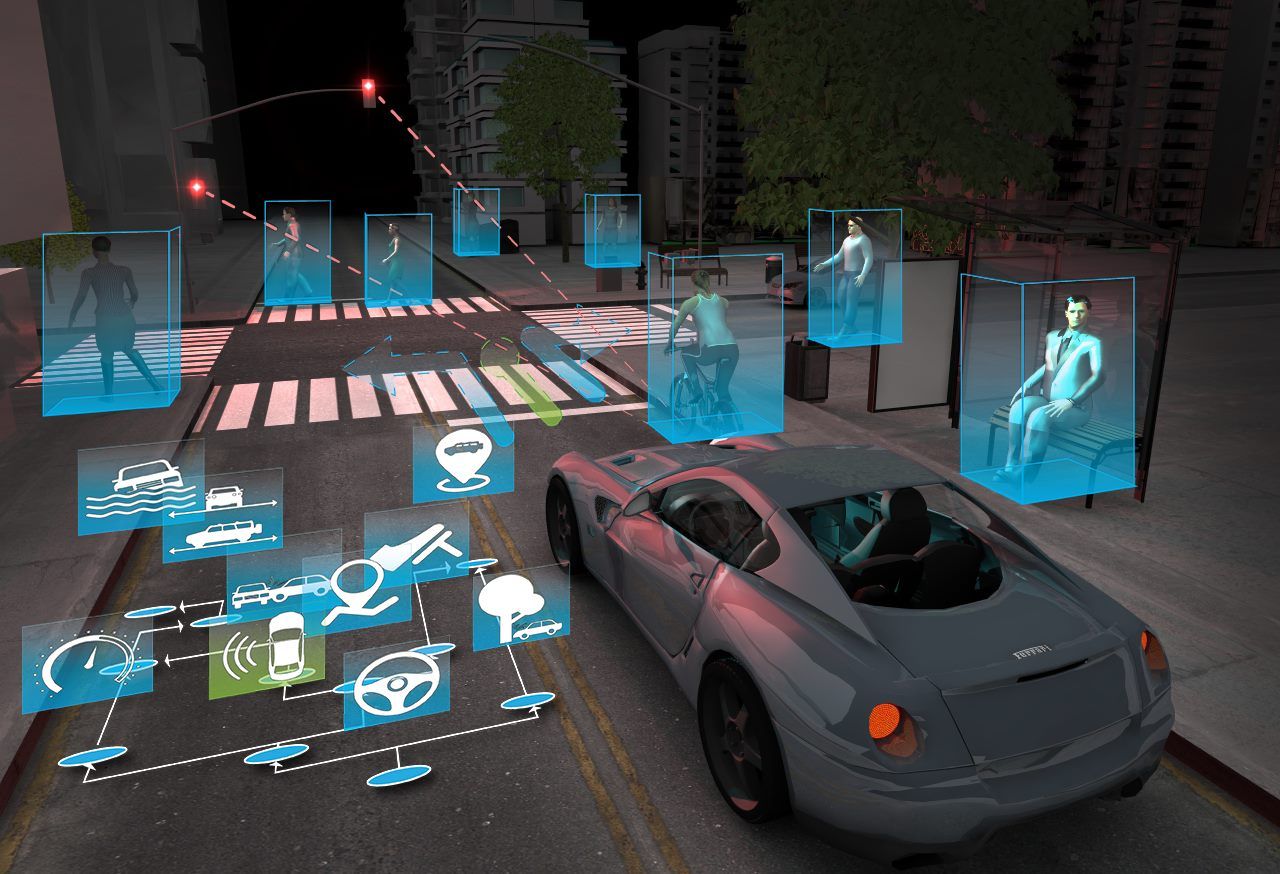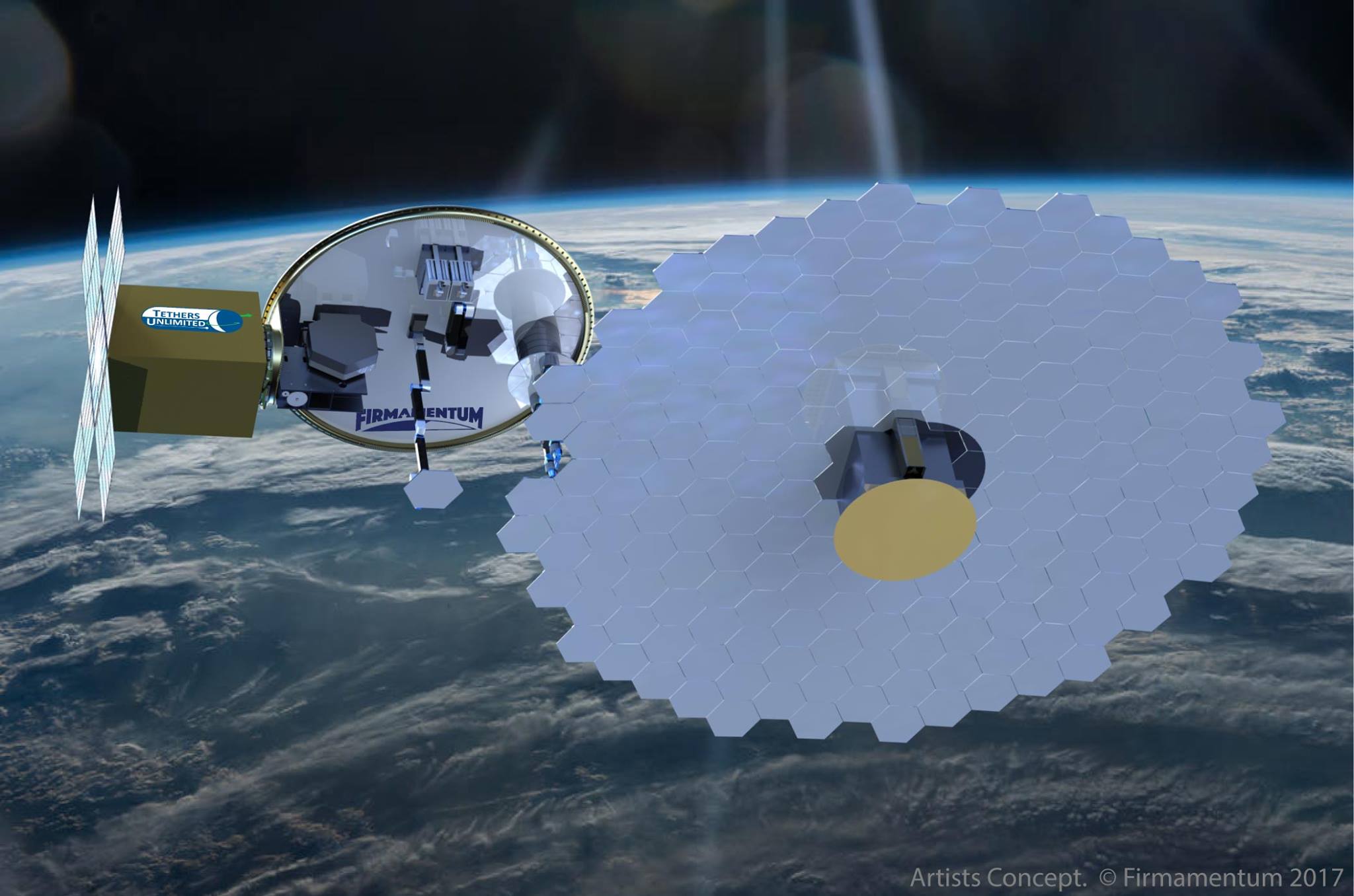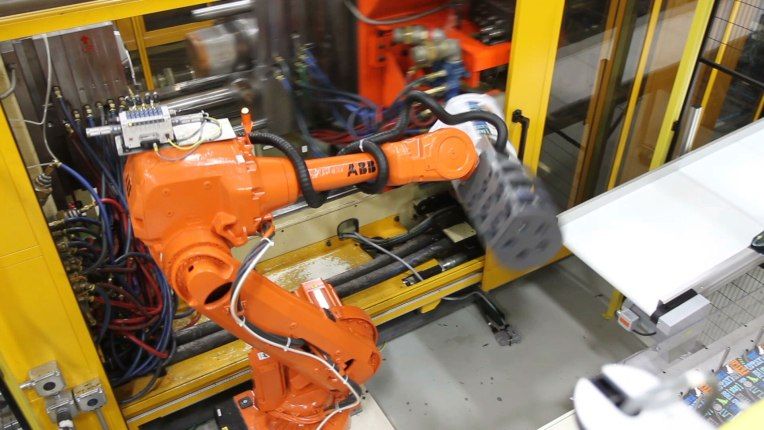Now you have until 6/30 to submit a proposal to the Agency’s Lifelong Learning Machines (L2M) program.
Here’s the vision: Muster all the creativity that you can with the goal of developing fundamentally new machine learning approaches that enable systems to learn continually as they operate and apply previous knowledge to novel situations. Current AI systems only compute with what they have been programmed or trained for in advance; they have no ability to learn from data input during execution time and cannot adapt online to changes they encounter in real environments. The goal of L2M is to develop substantially more capable systems that are continually improving and updating from experience.
Consult the Broad Agency Announcement for more information: https://www.fbo.gov/…/…/DARPA/CMO/HR001117S0016/listing.html







